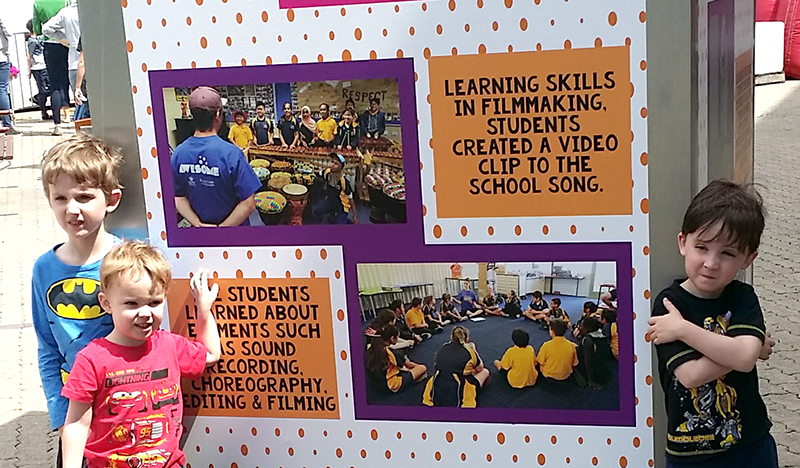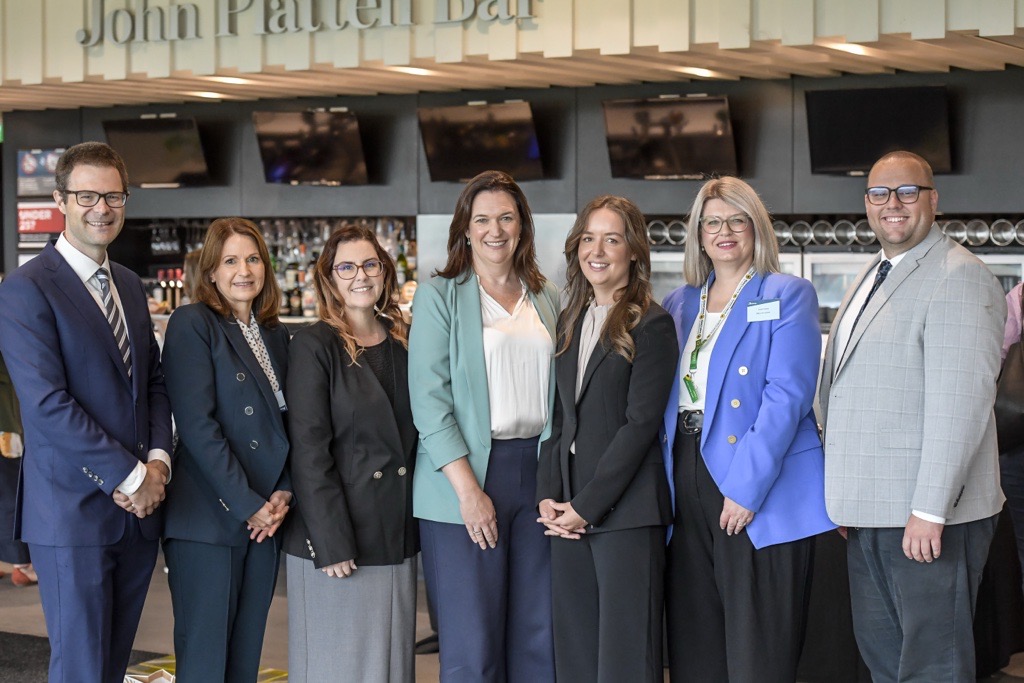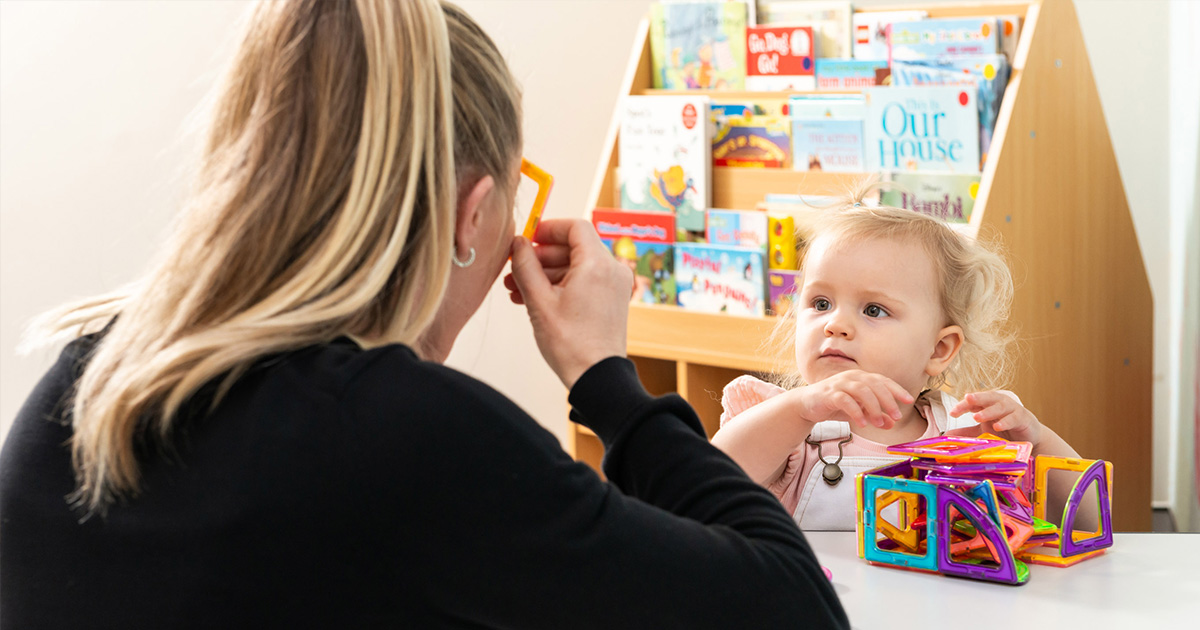
It’s one of the joys of life, but for kids on the autism spectrum, it’s not always easy to soak up the pleasures of art without becoming overwhelmed, overstimulated or anxious.
Perth primary school teacher and mother-of-three Kelly Ibbitson knows this only too well. Her six-year-old son Deacon has autism and her eldest son, Jeremy (aged eight), has learning difficulties.
Kelly loves taking the boys and their five-year-old brother Lucas out so they can see and take part in whatever the community has to offer, but it can be a daunting experience.
“I used to be terrified to take Deacon to events – just not knowing what could happen,” Kelly said.
“Things like where the nearest toilets were, or knowing that, if a meltdown happens, it could impact on other people.”
That anxiety used to mean that events like the AWESOME International Arts Festival for Bright Young Things – an annual arts festival for children and young people featuring performances, workshops and hands-on creative activities – would end up in the ‘too hard’ basket.
Now however, a carefully curated festival guide for children with autism spectrum disorder (ASD) – developed by the AWESOME Festival team in collaboration with The Kids Research Institute Australia Professor of Autism Research, Andrew Whitehouse, and arts and health organisation DADAA Inc – has opened up the AWESOME world to the Ibbotsons.
The Autism Spectrum Navigational Guide has been specifically designed to help parents with children on the spectrum make informed program choices, allowing them to weigh up access, content and positive/negative triggers for each event.
The downloadable guide has a ‘degree of difficulty’ rating system for each activity, providing a grid that helps parents determine where an activity sits on a scale of 1 (‘easy peasy’) to 5 (‘extremely difficult’).
Professor Whitehouse said the pioneering system allowed families with a child on the spectrum to share in the wonders on offer at the festival.
“Every child has a right to participate in art, yet not all children have ready access to it,” he said. “Children on the autism spectrum can be hypersensitive to different sensory experiences, which can lead to high anxiety and an aversion to taking part in artistic experiences.
“The AWESOME team has recognised this and taken action through the development of this terrific tool. The guide provides information that can help guide parents as to the most appropriate shows for their children, and ensures that this wonderful festival is inclusive to all.”
For Kelly Ibbotson, who trialled the guide at the 2017 festival, the move has been a revelation.
“So much work and detail has gone into it – it’s something you just don’t get anywhere else,” she said.
“I was astounded by how much information it included, like the types of sensory stimuli we may encounter, such as lighting and effects, through to how close the seating was to the stage and what types of noises to expect.
“Knowing those little things has made such a big difference. Having this guide meant knowing I could spend money on kids’ shows, events and activities and be confident it would be a successful experience for my boys.”
This year’s AWESOME Festival runs from 5-11 October at the Perth Cultural Centre and 12-13 October at the Octagon Theatre at The University of Western Australia.


